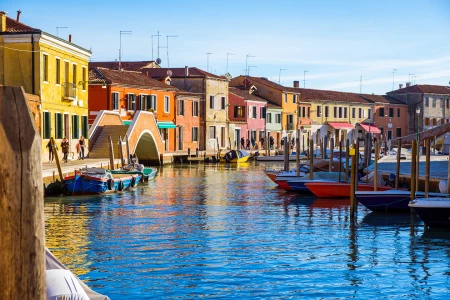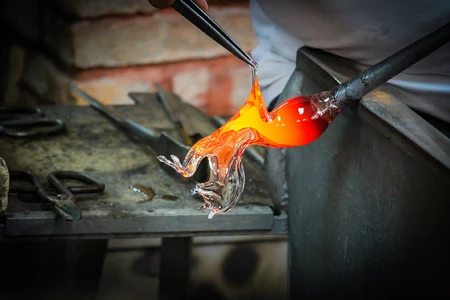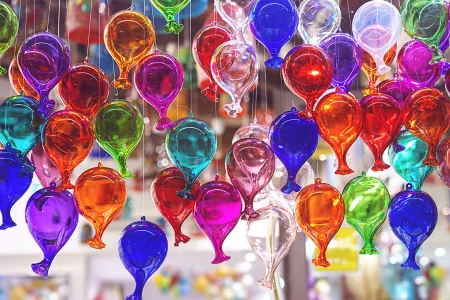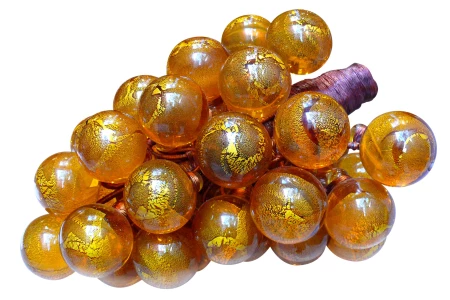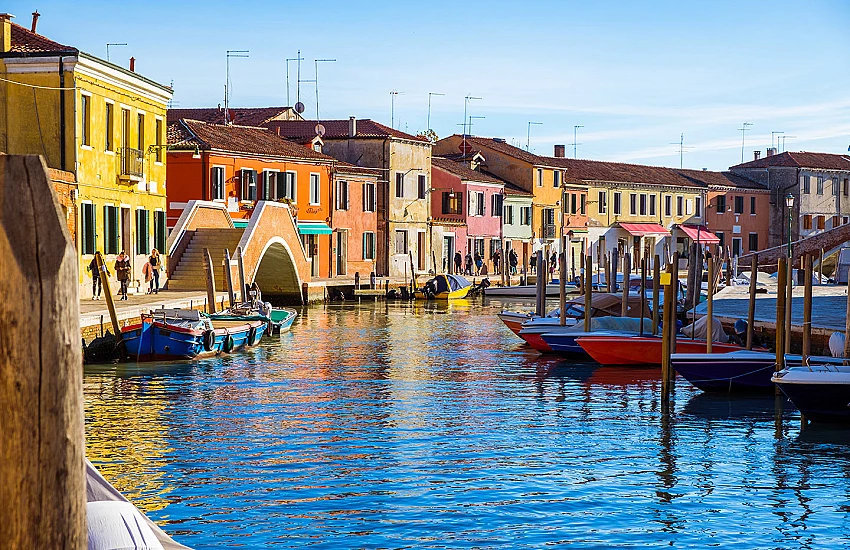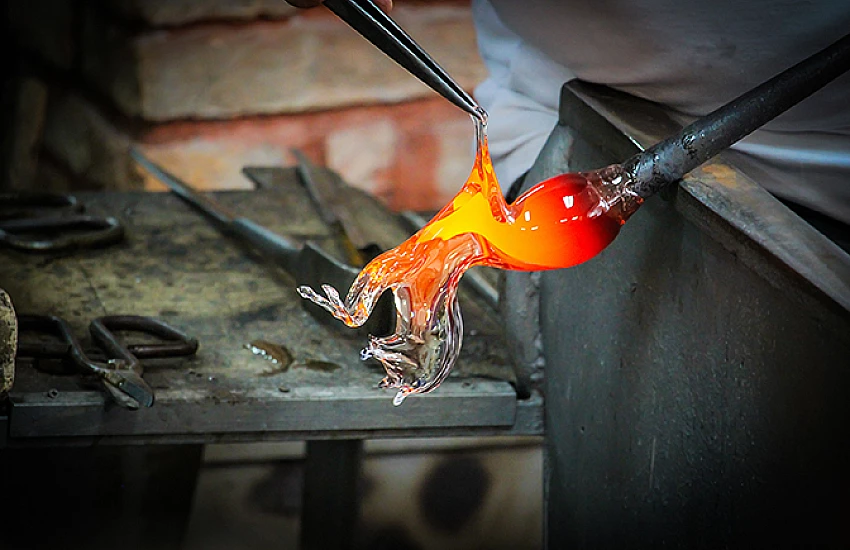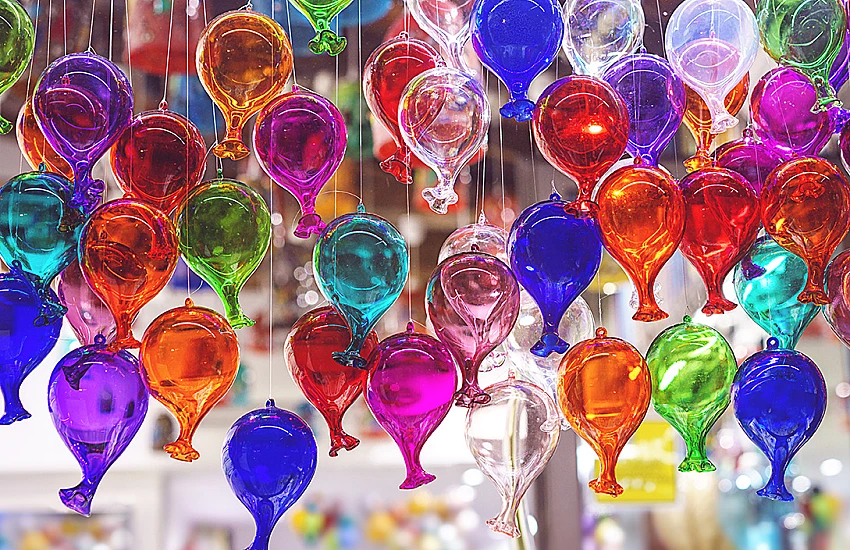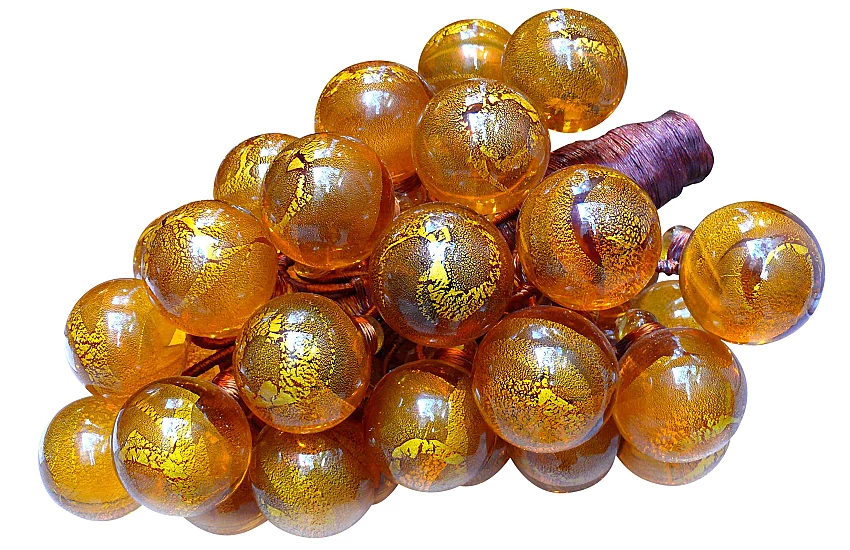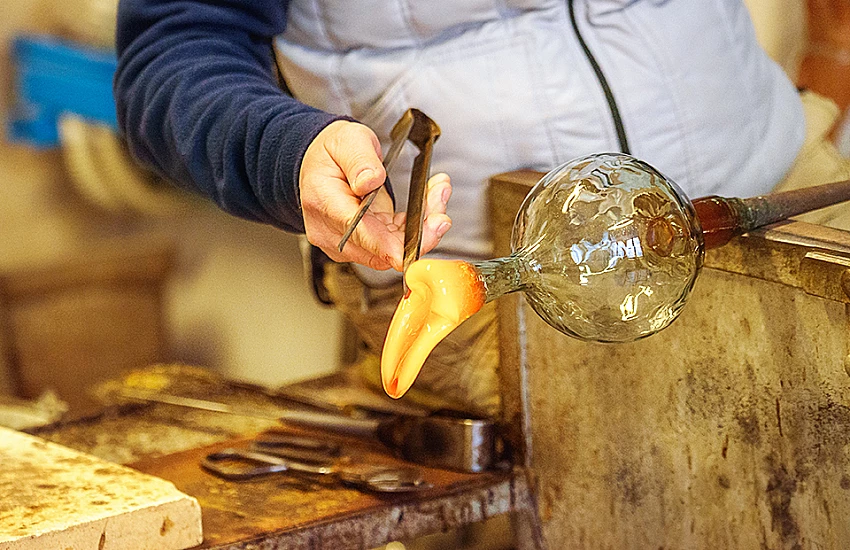
Table of Contents
The origins of Murano glass trace back to Venice, a city renowned for its rich history and vibrant craft traditions. Glassmaking in Venice dates to the Roman Empire, when the craft was first introduced by artisans who brought their techniques across the Mediterranean. By the 8th century, Venetian glassmakers had already begun to establish their reputation. The city’s strategic location facilitated the exchange of both knowledge and materials, essential ingredients in honing the craft.
In 1291, a pivotal moment occurred when the Venetian government ordered glassmakers to relocate to the nearby island of Murano. This move was both a protective measure against the danger of fires spreading in the densely built city and a strategic effort to safeguard the secrets of glassmaking. Murano quickly became a hub of innovation, known for producing exceptional quality glasswares that gained acclaim across Europe.
The artisans on Murano were adept at incorporating elements from Byzantine and Roman cultures, creating a unique style defined by vibrant colors and intricate designs.
Over the centuries, Murano glassmakers developed groundbreaking techniques, such as crystalline glass, enamelled glass, and multicolored glass—known as millefiori. These innovations came to symbolize luxury and artistry, establishing Murano as the epitome of glassmaking excellence, a legacy that survives and thrives in continuing the esteemed Venetian tradition.
Techniques Of The Trade: How Murano Glass Is Made
Murano glassmaking is a time-honored art form that intricately fuses technique with creativity, producing some of the most exquisite glass pieces in the world. At the heart of this craftsmanship is the mastery of the blowing technique, a process that begins with heating silica-based sand to extreme temperatures in furnaces reaching up to 1,700 degrees Celsius. This transforms the sand into a molten, pliable form.
The glassblower then skillfully manipulates a long metal blowpipe, gathering a honey-like blob of molten glass on its end.
The transformation from molten to magnificent requires an acute eye and steady hand as artisans employ various methods to shape and color the glass. Techniques such as 'millefiori,' which means "a thousand flowers" in Italian, involve creating intricate patterns by embedding colorful glass rods within clear glass layers. 'Sommerso,' another valuable method, involves submerging different colored glasses to create layered effects that reflect depth and complexity.
Once shaped, pieces are cooled slowly through a process known as annealing, gradually bringing down the temperature to prevent cracking. Surface decorations, such as engraving or faceting, are often added at this stage.
The culmination of traditional methods and innovative flair makes Murano glass not just a decorative artifact but a testament to the enduring legacy of Venetian artistic ingenuity.
Color And Light: Exploring The Unique Materials Of Murano Glass
Murano glass is renowned for its captivating interplay of color and light, a result of centuries-old techniques mastered by Venetian artisans. The unique materials used in its creation are key to its enchanting aesthetic. At the heart of Murano glassmaking lies silica, transformed into glass through intense heat. This becomes the canvas upon which artists paint their vibrant palettes. The true magic, however, stems from the addition of various minerals and compounds, each bringing its own hue.
Cobalt creates deep blues, while selenium yields brilliant reds. Gold and silver leaf provide mesmerizing metallic sheens, producing a dazzling range of colors when manipulated with iron and copper. These metals and minerals are not merely ingredients but artistic mediums, offering an endless spectrum of possibilities.
Light plays an essential role in the allure of Murano glass. As it passes through the glass's varied thicknesses and textures, light becomes an active element, enhancing color and creating intricate patterns of reflection and refraction. The interaction with natural and artificial lighting adds depth and dynamism, causing the glass to shift in appearance from moment to moment. Artisans skillfully exploit these interactions, crafting pieces that are as vibrant in illumination as they are at rest.
This symbiotic relationship between color, light, and material defines the irresistible charm of Murano glass, capturing the viewer's eye and imagination alike.
Artistic Expressions: Notable Murano Glass Masters And Their Creations
Murano glass has long been celebrated for its unparalleled artistry and ingenuity, a testament to the skill and innovation of its master glassmakers. These artisans, known as maestri, embody a tradition that stretches back centuries, continuing to capture the imagination of collectors and connoisseurs worldwide. Among the notable figures who have elevated Murano glassmaking to an art form is Paolo Venini, whose innovative designs in the mid-20th century embraced both elegance and minimalism, redefining the boundaries of traditional glass art.
His works, which often featured bold colors and sleek, modern forms, remain highly sought after.
Another luminary, Carlo Scarpa, transformed glass into a medium of architectural expression. Scarpa's pieces are renowned for their intricate patterns and unique textures, reflecting his deep understanding of glass as a sculptural material. His collaborations with Venini led to groundbreaking techniques and design concepts that broadened Murano's artistic horizons. Lino Tagliapietra, a contemporary maestro, brings a dynamic energy and fluidity to glassmaking, blending traditional methods with modern sensibilities.
His vibrant, freeform sculptures push the boundaries of what glass can achieve, making him a pivotal figure in the ongoing evolution of Murano glass art.
These masters, through their passionate dedication and creative vision, have not only upheld the legacy of Murano glassmaking but have also ensured its place at the forefront of artistic expression.
Preserving Tradition: The Challenges Of Modern Glassmaking
In the heart of Murano, the age-old art of Venetian glassmaking faces the modern trials of preserving tradition in a rapidly changing world. The island, long synonymous with exquisite craftsmanship, finds itself at a delicate crossroads where the past meets the present. Modern glassmakers are the stewards of a legacy that spans centuries, yet they must navigate a landscape fraught with challenges.
Among the most pressing is the influx of mass-produced glass products from abroad, which saturates the market and often undermines the value of authentic Murano glass. The artisans of Murano are compelled to distinguish their craft through unmatched quality and authenticity, often at higher costs, in order to survive in a competitive global market.
Another significant challenge lies in the transmission of knowledge. The intricate techniques of glassmaking are passed down through generations, but the allure of other professions often draws younger generations away from family workshops. The glassmakers of today must find innovative ways to pique the interest of the youth, ensuring these revered skills do not fade into obscurity. Balancing tradition with innovation also poses a conundrum.
While contemporary artistic expression can rejuvenate interest, it can also risk diluting the time-honored methods that define Murano glass. Striking this balance remains crucial for preserving the soul of Venetian glassmaking amid the inexorable tide of modernity.
Murano Today: Innovations And Global Influence
Today, Murano glass continues to captivate the world, bridging centuries of tradition with modern innovation. While the techniques of Venetian glassmaking have their roots deeply planted in history, contemporary artists and artisans are pushing boundaries to redefine what Murano glass can represent in today's global context. This balance of tradition and innovation is what keeps Murano relevant, drawing collectors and enthusiasts from around the world.
Advancements in technology have introduced new methods and materials, allowing artists to experiment with unprecedented precision and creativity. Modern furnaces equipped with sophisticated controls provide artisans with the ability to perfect their techniques and manipulate glass in ways their predecessors couldn't imagine. Moreover, the introduction of new chemicals and compounds has led to a broader spectrum of colors and finishes, expanding the aesthetic possibilities of Murano glass.
Murano's influence now spans across many sectors, from architecture and interior design to fashion and contemporary art. The island's glassmakers often collaborate with international designers and artists, resulting in pieces that are showcased in prestigious galleries and exhibitions worldwide. As Murano glass integrates into modern design and art forms, it plays a crucial role in educating younger generations about the value of craftsmanship and the importance of preserving cultural heritage while embracing modernity. murano






